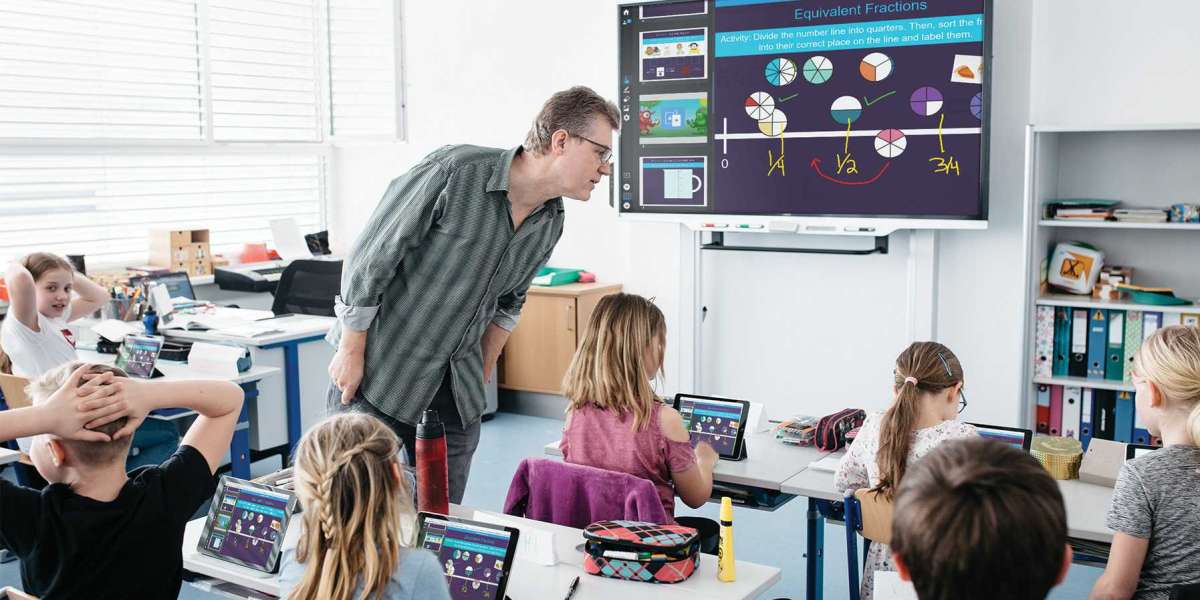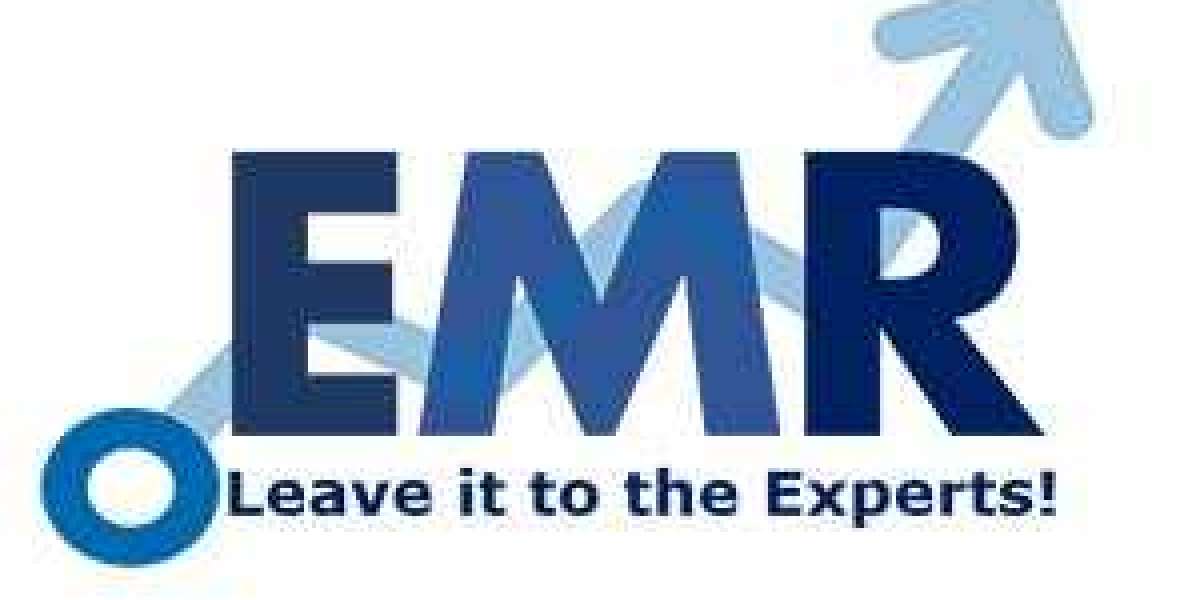Introduction
In today's fast-paced digital age, the world of education is evolving rapidly. As technology becomes increasingly integrated into classrooms, educational software has emerged as a powerful tool that can revolutionize teaching and learning. With the right software applications, teachers can unlock a wealth of benefits that can significantly enhance student achievement. In this blog post, we will explore the various advantages of educational software for teachers and how it can contribute to improving student outcomes.
Personalized Learning Experiences
One of the primary advantages of educational software is its ability to provide personalized learning experiences for students. Traditional classroom settings often struggle to cater to the diverse needs and learning styles of individual students. However, educational software offers adaptive learning programs that can tailor instruction based on a student's abilities, pace, and interests. By presenting content in a manner that aligns with each student's unique requirements, teachers can ensure that their students are receiving targeted instruction, leading to improved comprehension and engagement.
Enhanced Engagement and Motivation
Educational software has the potential to revolutionize the way students engage with academic material. Interactive learning platforms, gamified educational tools, and multimedia resources can transform the learning experience into an exciting and immersive adventure. By incorporating elements of gamification, such as rewards, badges, and progress tracking, educational software captures students' attention and fosters a sense of achievement and competition. When students are motivated and engaged, they are more likely to retain information, participate actively, and ultimately achieve better academic results.
Real-time Assessment and Feedback
Traditionally, teachers relied on periodic assessments to gauge student understanding and progress. However, educational software enables teachers to assess student performance in real time, providing immediate feedback and allowing for timely intervention. Through automated grading systems, adaptive quizzes, and online assignments, teachers can gain valuable insights into their students' strengths and weaknesses. This data-driven approach empowers teachers to identify knowledge gaps, address misconceptions promptly, and adapt their instructional strategies accordingly, thereby maximizing student learning outcomes.
Access to Vast Educational Resources
With educational software, teachers gain access to a vast array of online resources and learning materials. From digital textbooks and educational videos to interactive simulations and virtual reality experiences, teachers can supplement their curriculum with engaging and relevant content. Educational software also facilitates collaboration among teachers by providing platforms for sharing resources, lesson plans, and best practices. This expansive collection of resources equips teachers with the tools they need to deliver dynamic and comprehensive instruction that aligns with modern educational standards.
Time-saving and Efficiency
Educational software can significantly streamline administrative tasks, freeing up valuable time for teachers to focus on instruction and individual student needs. Tools such as learning management systems, grade books, and attendance trackers automate routine administrative processes, allowing teachers to allocate their time more effectively. This improved efficiency not only enhances the teaching experience but also enables teachers to provide more personalized attention and support to their students.
Conclusion
Educational software represents a game-changer in modern education. By harnessing the power of technology, teachers can unlock a multitude of benefits that positively impact student achievement. From personalized learning experiences and enhanced engagement to real-time assessment and access to vast educational resources, educational software empowers teachers to create dynamic, interactive, and effective learning environments. As we continue to embrace technology in education, it is crucial for educators to explore and leverage the full potential of educational software, ensuring that students receive the best possible education in this digital age.



